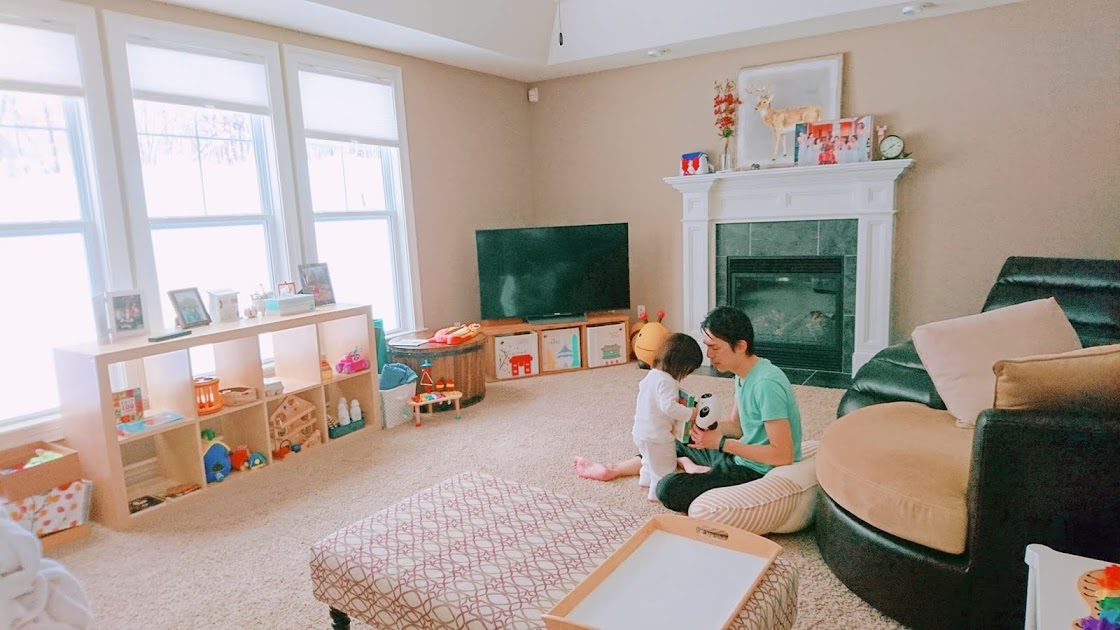
"I can't sleep. It takes me forever
to fall asleep and I find myself waking up a lot. I feel fatigue in the morning
and I can't go on like this anymore. If I don't get to sleep soon, I will not
be able to work tomorrow and I have so much to do. Please help me sleep."
It is not uncommon to hear patients complain about their sleep and the
accompanied anxiety of not sleeping. In the United State, around 9% of
Americans suffer from some form of insomnia, which can be characterized as
difficulty falling asleep, difficulty staying asleep, non-restorative sleep or
any combination of the above. Medical problems such as diabetes, restless
leg syndrome and chronic pain can affect sleep, so as psychiatric conditions,
including mood disorders, anxiety disorders and substance abuse (i.e., alcohol). Additionally, acute stressors or hormonal changes
(i.e., menopause in women) in life can negatively impact sleep quality. If,
ruling out all of the above conditions and your patients are still having
insomnia, it is possible that your patients might have developed
heightened anxieties about not getting enough sleep which maintain and
perpetuate their sleep problem(s). Such sleep difficulty associated with excessive worries is referred as psychophyiological insomnia.
This type of insomnia might begin
suddenly after a significant event or slowly
developed over the course of time. If you ask the patient about what they
think about when they can't sleep, they tend to tell you how much they worry
about not being able to function well the next day. They may also have racing
thoughts associated with other negative beliefs about not sleeping (e.g., I am going to look terrible tomorrow. I will fail my work
tomorrow if I don't get sleep now. I will die of sleep deprivation.) These
worries result in tensions and over-arousal that keep the brain working and the
person from sleeping, creating vicious cycles. Battling with themselves,
patients toss and turn in their beds until they are able to fall asleep. Their
beds, in turn, are conditioned with worries, anxiety and negative thoughts etc... This makes it very difficult to fall or stay asleep. In
some cases, patients might feel increasing agitation and anxiety as their
bedtime approach and only find themselves awake in bed most of the time at
night. In order to cope with daytime fatigue, these patients compensate by consuming too much caffeine during the day that
further disrupt their sleep. In short, these patients usually "try too
hard" to fall asleep and stay awake. Interestingly, however, these
patients often have no trouble falling asleep when they are sleeping in a hotel
room or sleep laboratory.
What do we do with these patients who
worry about not sleeping? Cognitive behavioral therapy (for insomnia), which
often include stimulus control, sleep hygiene education, cognitive
restructuring, sleep restriction and relaxation techniques, have demonstrated
effectiveness with this population. Patients are explained the rationale of
this treatment approach and
introduced sleep hygiene to increase therapy compliance. To dissociate worries
and anxiety with their beds, patients are instructed not to engage in any activity other than sleep and sex in their beds. If they find themselves
tossing and turning in bed for more than 20 minutes, they have to leave their
beds. They will go to another room and engage in a relaxation activity (e.g. deep breathing exercise) while not to look at the clock. Not until they feel sleepy (not tired), shall they
return to their beds. It is important to distinct the
difference between sleepiness (e.g., eye-lids dropping) and tiredness (e.g.,
exhaustion) to the patients. The latter state might increase arousal that
prevents the patient from sleeping. The goal is to remove the negative thoughts and anxieties associated with
the bed, as well as minimizing arousal in bed. When the patients are in beds, they should feel ready to sleep. As
different people have different sleep needs, with the help of a sleep log,
patients can collaborate with the
healthcare providers to determine the best time for bedtime and wake time.
The other component of this approach is
cognitive restructuring. Patients tend to engage in inaccurate beliefs and
thoughts about insomnia without awareness. It is therefore important for the
healthcare professionals to provide accurate sleep information to them.
Inaccurate and negative beliefs are also to be challenged, so that maladaptive
thoughts can be changed. For instance, the catastrophic thought that
"I will fail my work tomorrow if I don't get sleep now" can be
replaced with accurate statement such as, "I probably get more sleep than
I think and I have many times able to work despite poor sleep." Using a
mood-thought record, patients are taught to pay attention to their thought
patterns on sleep and challenge these dysfunctional beliefs.
Not all the insomniac will benefit from
this approach. If the patient has a primary medical condition or psychiatric
illness that impacts their sleep, it is important to address these above
problems to treat the sleep problem, rather than jumping into cognitive
behavioral therapy for insomnia.
Reference
Edinger, J.
& Carney, C. (2008). Overcoming insomnia: A cognitive behavioral therapy approach.
Oxford University Press, Inc. New York: New York.




